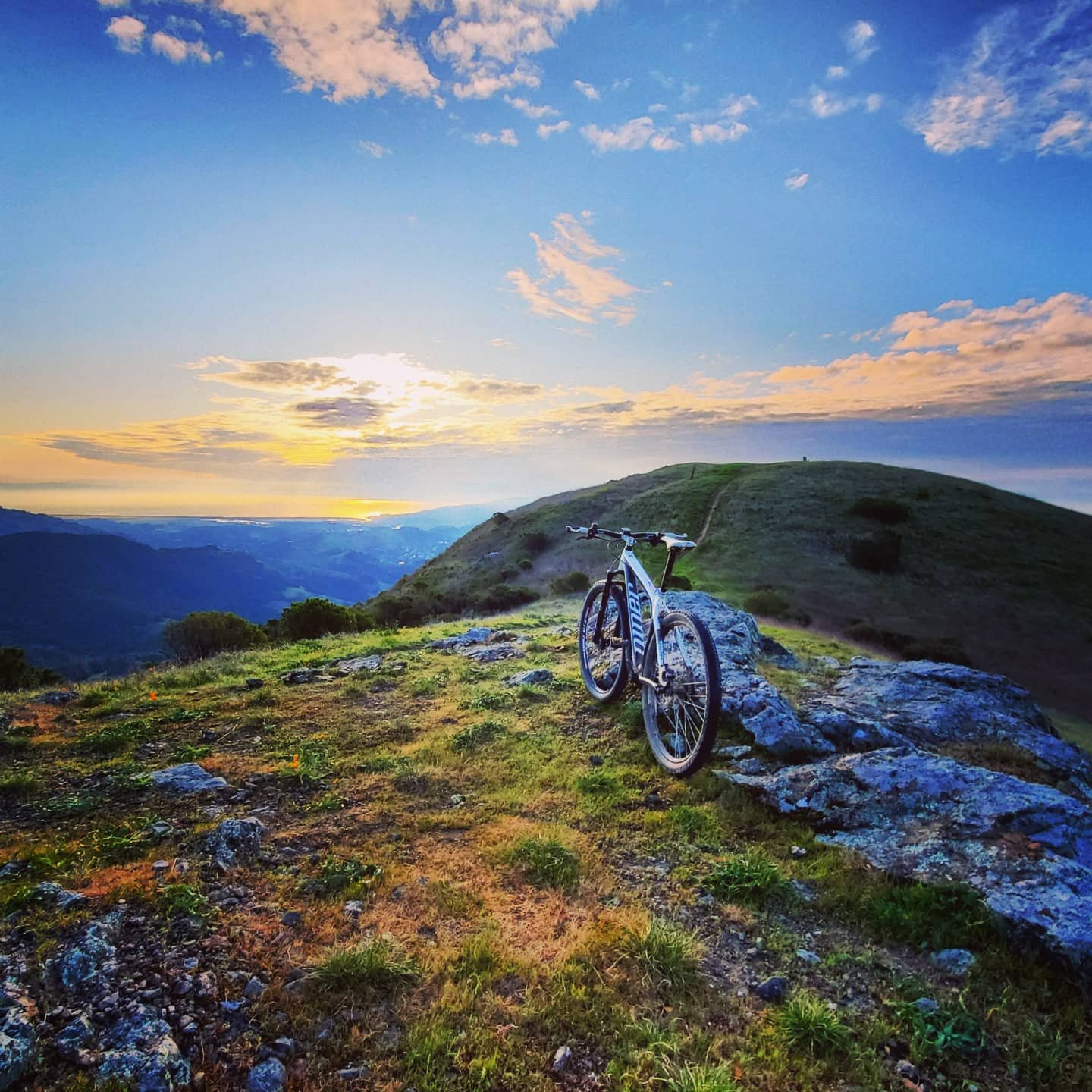Tips for getting ready for the big or small ride
Heres some tips I wrote for the Marin Cyclists Newsletter this month. The Marin Century is coming up on October 2nd and benefits many awesome bike-related causes. Register and have a great day on the bike!
Help! I Have Less Than Two Months to Train For This Ride!!
I get a lot of similar themes in the emails I receive in the summer as the fall centuries that people typically signed up for months earlier are suddenly around the corner, which sound like this:
“Help! I signed up for this event and I’m getting overwhelmed!”
“With 50 days to go, what kind of training can I still get in?”
“Every time I ride longer than X amount of time, my knee hurts and I get sore in the wrong places, can you help me?”
First, the good news!
You still have time to address all of those issues (and more!), have a fun and challenging day in beautiful Marin County on October 2nd, and get in fantastic shape.
The two biggest challenges of the Classic and Compact Classic are the total time you’ll be on the bike (luckily with breaks on ride day) and the hills you’ll encounter. The terrain for the Classic features relatively short climbs but lots of them, at least ten on the Classic Route, in 92 miles of riding. The Compact Classic features four climbs in about 50 miles of riding. Your first training priority…is to plan on doing longer rides each weekend. The goal is to start with the ride time you are currently up to in training (2-hour ride, 3-hour ride, etc.) and then add 30 minutes of saddle time onto each weekend ride for the next 5 weeks, maxing out at about 5 hours of cycling time two weeks before the big event. The day after your long ride, I recommend doing some active recovery whether it is taking it easy on a short ride or doing some very easy walking or yoga.
Your second training priority… is the midweek ride! You will need to block out time for a harder intensity ride during the middle of the week, preferably around 2 hours in length. A simple way to find more intensity is to pick a hilly route. This doesn’t have to be super scientific, but practice your pacing and listen to your breathing. We are looking for a pace or gear selection that lets you maintain deep but controlled breathing that is sustainable. Short hills or long hills, it doesn’t really matter at this stage of the game. We are really just practicing riding at a hard but controlled pace. Get these weekend long rides and the midweek sessions down as these are the key training components each week. Everything else is an add-on. So think about going for short rides before or after work (bike commuting is a great way to get extra miles in!), and mostly loosening the legs and staying flexible. Expect to be sore after these rides for a day or so the first few weeks as your body adjusts. If any distinct pain comes up like a persistent saddle sore or knee pain, reach out to a qualified bike fitter and see if they can help you resolve it quickly.
I look forward to seeing you all on the road!


